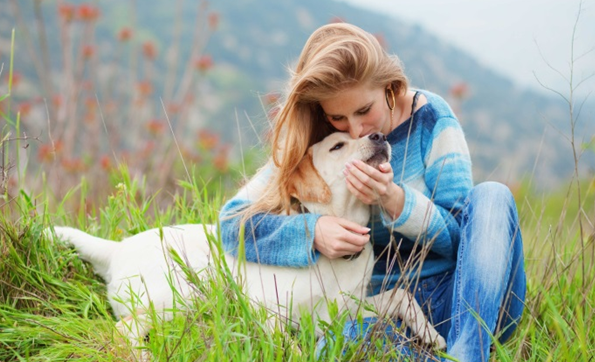8 Plants for Your Pets to Avoid this Summer
 Summer is here, and for pet owners that can be a good thing and a bad thing. While the sunny mornings and warm nights are definitely good for taking your dog on long walks in the woods or the local park, and the rapid growth of hedges, flowers, and ornamental shrubs make for happy, curious cats, summer also means there are a lot of blooming, toxic plants out there that can put your pets at risk.
Summer is here, and for pet owners that can be a good thing and a bad thing. While the sunny mornings and warm nights are definitely good for taking your dog on long walks in the woods or the local park, and the rapid growth of hedges, flowers, and ornamental shrubs make for happy, curious cats, summer also means there are a lot of blooming, toxic plants out there that can put your pets at risk.
Even if you keep your dog on a leash during daily walks and monitor their trips into the yard to do their business, it can be difficult to stop an eager dog of any age from chewing on the various plants it encounters. The same goes for cats. Outside cats tend to slip away and out of sight to do whatever they want, and even indoor cats may get interested in and nuzzle or take a bite out of plants you bring indoors, whether they’re potted ornamentals or a vase of cut blossoms you just brought in from the yard. That’s why it’s a good idea for pet owners to keep in mind the sorts of flowers and other foliage they plant and bring inside in order to keep their homes a pet-safe zone.
While most pets are pretty smart about the things they choose to nibble on, they make mistakes. It’s good to be aware of the sorts of plants that are toxic to pets before you get your indoor garden going—or before you take that nice long walk to see the beautiful blooms all around your suburban neighborhood. For example, be extra careful around the following:
- Lilies: The entire lily plant is toxic to cats, and this is especially true of the lovely day lilies that grow outside and Easter lilies, which tend to be grown in pots.
- Azaleas: A pretty staple of many a yard, azaleas are toxic to house pets.
- Oleander: The leaves of this notoriously toxic plant can harm your pets.
- Daffodils: It’s the bulbs of these common flowers that pose a risk to your dog.
- English Ivy: The leaves and berries are especially toxic to your pet, but the whole plant is dangerous.
- Bird of Paradise: The pods of this common tropical beauty pose a risk.
- Morning Glory: The seeds and roots of this beautiful wildflower are poisonous if ingested.
- Sago Palm: All of this ornamental plant is deadly to pets, especially the seeds.
Summer can mean a lot of fun with your pet, but it does pose its own unique dangers. If you suspect your pet has ingested something toxic that might make them ill, or if your pet is exhibiting signs of poisoning such as listlessness, panting, disorientation, or vomiting. They require medical attention from a veterinarian in the greater Philadelphia area, so take them right away.
VRC is located in the greater Philadelphia area. We’re open 24 hours a day, 7 days a week, so if you suspect your pet has been poisoned by a plant, contact us immediately.






 Email
Email Dog owners want to give their pets the best life possible. Sometimes that takes the form of splurging a bit on high-quality food — which is a great idea as long as it’s nutritionally balanced, of course. Sometimes it means lavish toys and designer collars, both of which are fun, though we all know such things are more about the owner than the dog. Really, improving your dog’s quality of life can be very easy with a few simple changes. Read on and see the sorts of things you can do to improve the day-to-day of your favorite companion.
Dog owners want to give their pets the best life possible. Sometimes that takes the form of splurging a bit on high-quality food — which is a great idea as long as it’s nutritionally balanced, of course. Sometimes it means lavish toys and designer collars, both of which are fun, though we all know such things are more about the owner than the dog. Really, improving your dog’s quality of life can be very easy with a few simple changes. Read on and see the sorts of things you can do to improve the day-to-day of your favorite companion.


